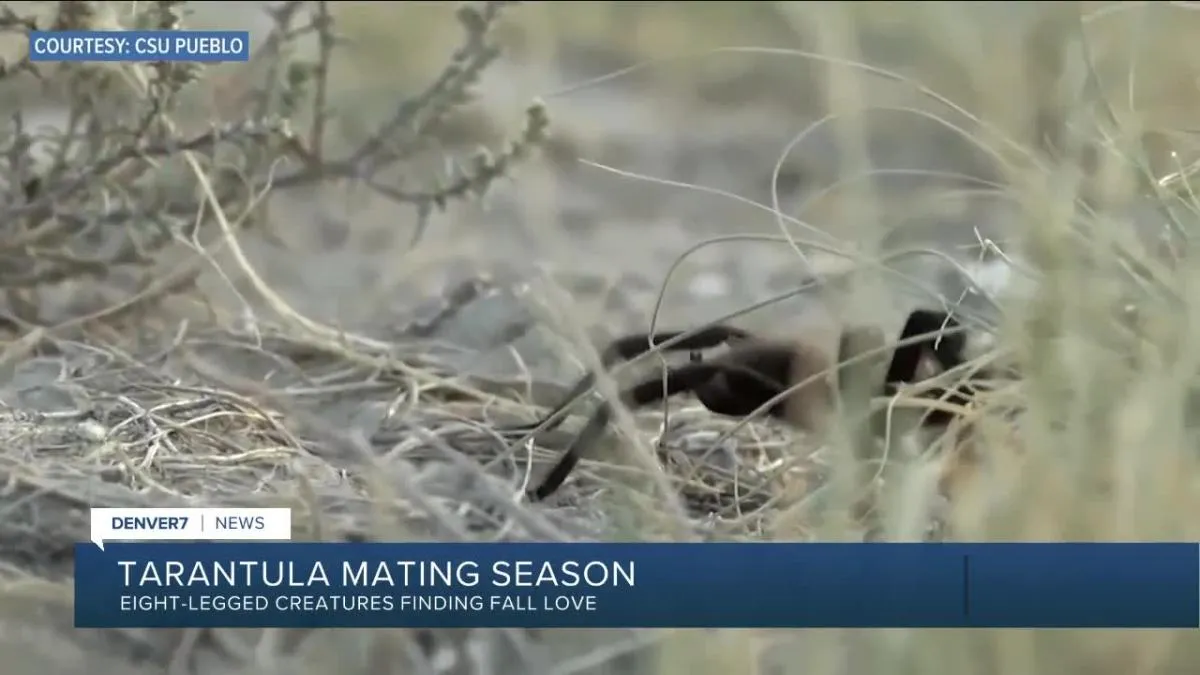Understanding Tarantula Migration
The tarantula migration in Missouri is a fascinating natural phenomenon, offering a unique opportunity to observe these impressive arachnids in their natural habitat. This guide provides comprehensive information on understanding, observing, and appreciating this remarkable event. Each year, driven by biological imperatives, these creatures embark on a journey, making it an extraordinary sight for nature enthusiasts. This guide will delve into the triggers, timing, and locations, alongside important safety measures and conservation insights, ensuring a rewarding and responsible experience.
What Triggers Tarantula Migration
Several factors contribute to the tarantula migration. Primarily, the migration is driven by the need for reproduction. Male tarantulas, reaching sexual maturity, set out in search of females. Other factors include environmental conditions, such as temperature and humidity. The changing seasons play a key role, with the onset of cooler weather signaling the breeding season. The availability of prey, while not a direct trigger, influences the overall health and activity levels of the tarantulas, indirectly affecting their migration patterns. Understanding these triggers helps predict and anticipate the migration periods for optimal observation.
Factors Influencing Migration

Several environmental factors influence the migration behavior of Missouri tarantulas. Temperature plays a critical role, with warmer temperatures at the beginning of the breeding season stimulating the males to begin their search for mates. Humidity levels also affect their activity, as tarantulas prefer moderate humidity. The availability of suitable habitats and the presence of natural barriers, like rivers or large bodies of water, can influence the routes and timing of the migration. Weather patterns, especially rainfall, may also impact migration, sometimes causing delays or altering the intensity of the event.
Ideal Time for Missouri Tarantula Migration
Timing is everything when observing the tarantula migration in Missouri. Knowing the best times to witness this spectacle significantly increases your chances of success. Generally, the migration occurs during the late summer and early fall months, aligning with the breeding season. The specific timing can vary slightly each year, depending on weather conditions and regional variations. Paying attention to local weather reports and monitoring sightings from previous years can give you a better understanding of when the migration is likely to peak in your area.
Best Months to Observe Tarantulas
The prime months for observing tarantula migration in Missouri are typically September and October. During these months, the temperatures are still relatively warm, and the humidity levels are often favorable for the tarantulas’ activity. The exact weeks will depend on the specific location within Missouri, as different regions experience variations in weather patterns. Observing tarantula migration during these months offers the best chance of witnessing the peak activity of these amazing creatures as they travel across the landscape, searching for mates and continuing their species.
Peak Migration Times
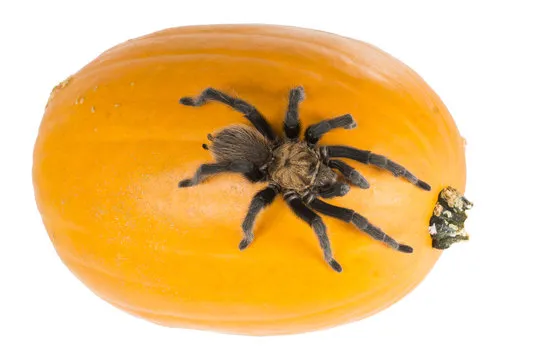
Peak migration times often coincide with specific weather conditions within the months of September and October. Generally, the late afternoons and early evenings are the best times for spotting tarantulas, as they are most active during this period. Cloudy, humid days following rainfall can be particularly productive times for observation. It is essential to be patient, as sightings may not always be immediate. The peak times will depend on a variety of factors, but careful monitoring of conditions will help in planning your observations.
Identifying Missouri Tarantulas
Knowing how to identify the tarantula species in Missouri is crucial for appreciating the migration and understanding the local ecosystem. While several species of tarantulas exist globally, Missouri is home to a few distinct types. Recognizing their key characteristics, behaviors, and habitats will enhance your observation experience. This knowledge allows for better understanding and respect for these fascinating creatures. The ability to correctly identify them is also important for conservation efforts, helping monitor populations and track changes in their habitats.
Common Tarantula Species in Missouri
The most common tarantula species found in Missouri is the Missouri tarantula (Aphonopelma marxi). This species is well-adapted to the state’s climate and habitats. It’s essential to familiarize yourself with its appearance, including its size, color, and any distinctive markings. Other species may occasionally be present, but are rarer. Learning to distinguish between the common species will contribute to an enhanced understanding of Missouri’s biodiversity and help you appreciate the specific characteristics of the local tarantula population.
Distinctive Features and Characteristics
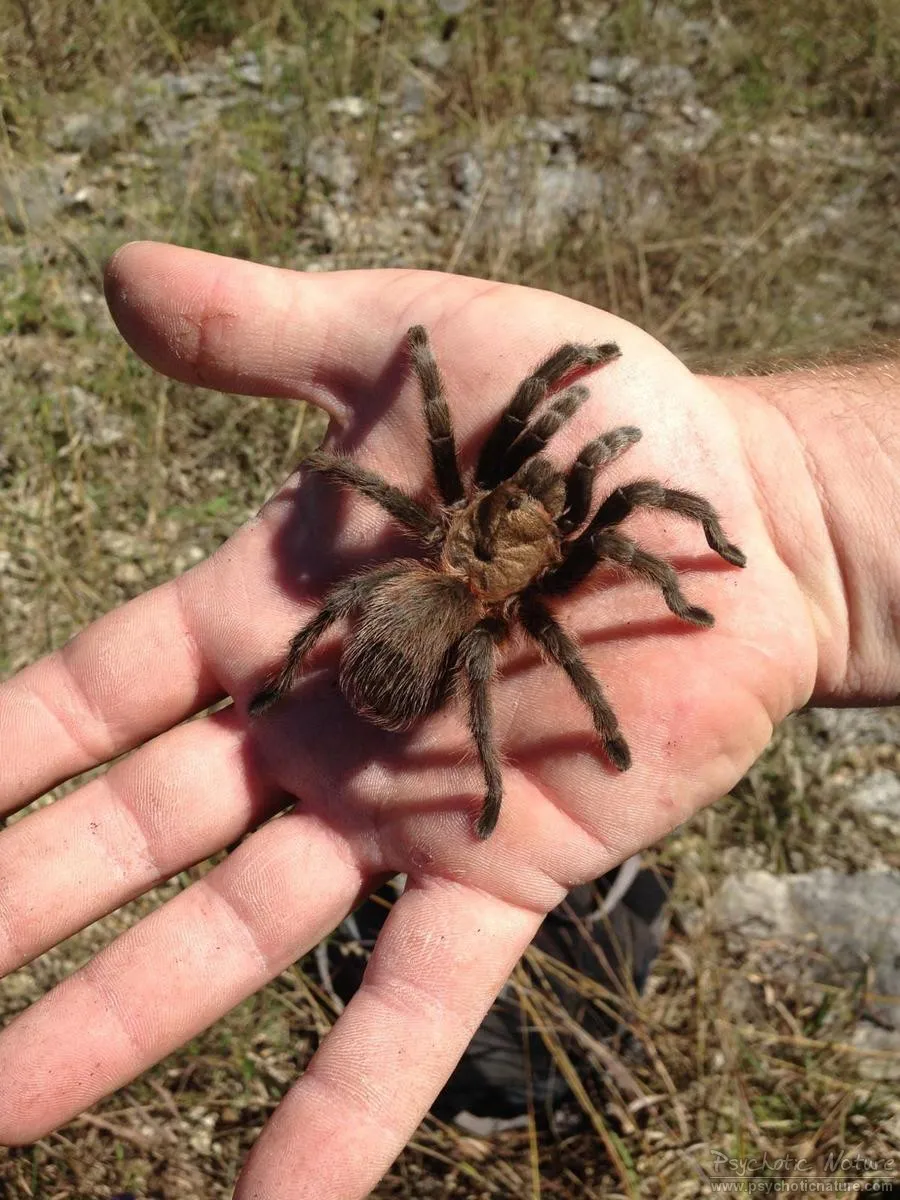
Missouri tarantulas typically have a body length ranging from 1 to 2 inches, with a leg span that can reach up to 5 inches. Their coloration often includes shades of brown, black, and gray, which provides excellent camouflage in their natural environment. Males and females can exhibit slight differences in appearance, particularly in size and the presence of spurs on the legs in males, which are used during mating. Observing these distinctive features can help identify the gender and species, adding another layer of understanding to your observations and appreciation of the natural world.
Habitat and Behavior
Missouri tarantulas are primarily terrestrial, living in burrows they excavate in the ground. They prefer habitats with suitable soil conditions for burrowing, such as open grasslands, woodlands, and areas with moderate moisture levels. During the migration, the males leave their burrows and actively seek out females, traveling across various terrains, sometimes covering significant distances. Their behavior is influenced by weather conditions, time of day, and the presence of potential mates. Understanding their habitats and behaviors is critical to observing and appreciating them during their migration.
How to Observe Tarantula Migration
Observing the tarantula migration can be a rewarding experience. It’s essential to approach this activity with respect for the animals and their environment. This includes knowing the best locations to observe the migration, safety measures to take, and the equipment needed. Ethical considerations are paramount to minimize disturbance to the tarantulas and their habitats. By following these guidelines, you can have a safe and insightful experience, learning about the tarantulas while respecting their natural behavior.
Best Locations for Viewing
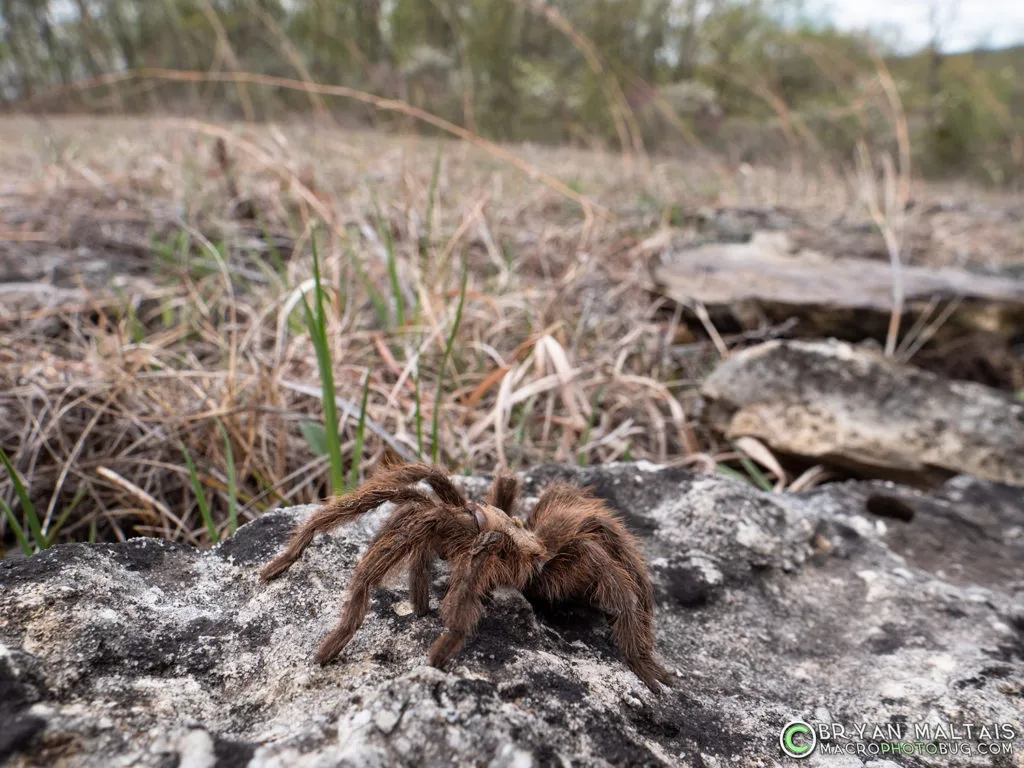
The best locations to observe the tarantula migration in Missouri often include areas with suitable habitat, such as grasslands, prairies, and open woodlands. State parks and conservation areas are excellent choices, as they typically provide protected habitats for tarantulas and other wildlife. Some areas to consider include the Ozark region and areas surrounding rivers and streams. Consulting local wildlife experts or checking online resources for reported sightings in specific locations can help you pinpoint the most promising spots for observation. Always be aware of your surroundings and respect the natural environment.
Safety Precautions
When observing the tarantula migration, safety should always be the priority. While tarantulas are generally not aggressive, they can bite if they feel threatened. Wear sturdy footwear to protect your feet and ankles from bites or accidental encounters with other hazards. Avoid disturbing or provoking the tarantulas, as this can increase the risk of defensive behavior. Always be aware of your surroundings, and watch out for potential hazards such as snakes, uneven terrain, and other wildlife. Never attempt to handle or capture a tarantula. Maintain a safe distance and enjoy observing them from afar.
Equipment and Tools
To enhance your observation experience, consider bringing the right equipment. A pair of binoculars can help you view tarantulas from a safe distance without disturbing them. A camera with a telephoto lens will allow you to capture stunning images of the migration. A field guide to Missouri tarantulas can help with identification. A notebook and pen for taking notes, recording observations, and documenting locations will prove useful. A small flashlight, used with caution, can help you navigate in low-light conditions. Always respect their environment and avoid disturbing the animals, using equipment that allows you to observe them safely and ethically.
Ethical Considerations
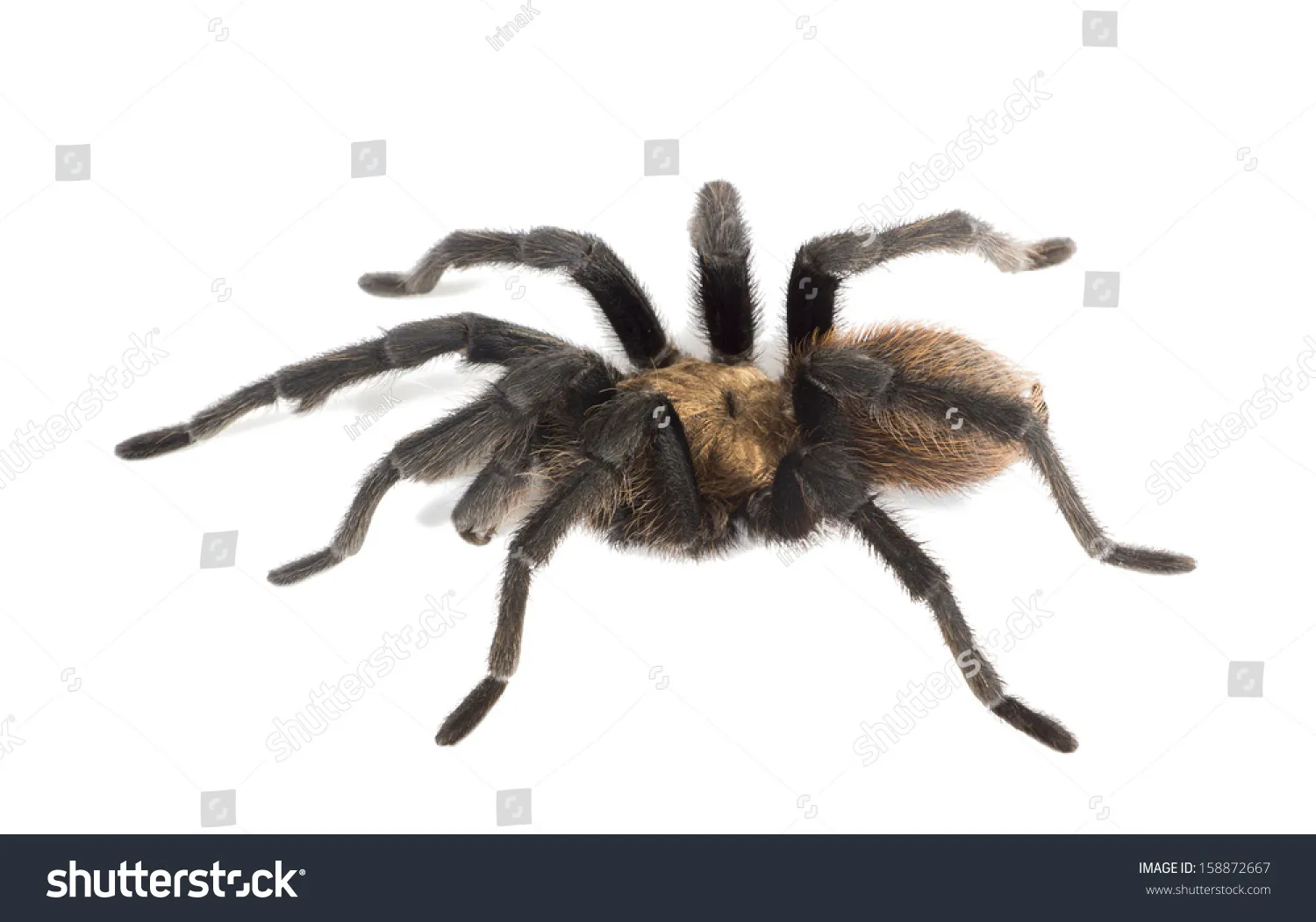
Ethical observation is paramount when viewing the tarantula migration. It’s essential to minimize disturbance to the tarantulas and their habitat. Avoid touching or handling the tarantulas, as this can cause stress and potentially lead to defensive behavior. Stay on established paths and avoid trampling vegetation. Refrain from using bright lights or loud noises that could disrupt their natural behaviors. Respect the natural environment and leave no trace of your visit. By practicing responsible wildlife observation, you can ensure the preservation of the tarantula’s habitat and contribute to their conservation.
Documenting Your Observations
Documenting your observations can be a valuable part of the tarantula migration experience. By taking notes, capturing photographs, and collecting data, you contribute to the understanding of these fascinating creatures and their migration patterns. Your documentation can be a great resource for other enthusiasts. It is essential to approach documentation with respect for the animals and the environment. Follow ethical guidelines and prioritize the well-being of the tarantulas and their habitat.
Photography Tips
Photography offers an exceptional way to document the tarantula migration. Using a camera with a telephoto lens allows you to capture close-up shots without getting too close to the tarantulas. Focus on capturing the tarantulas in their natural environment. When taking photos, be mindful of the lighting conditions and adjust your camera settings accordingly. Experiment with different angles and compositions to capture the most interesting images. Remember to take photos from a distance and never disturb or handle the tarantulas to get the perfect shot. Always respect their space and observe their behaviors.
Note-Taking and Data Collection
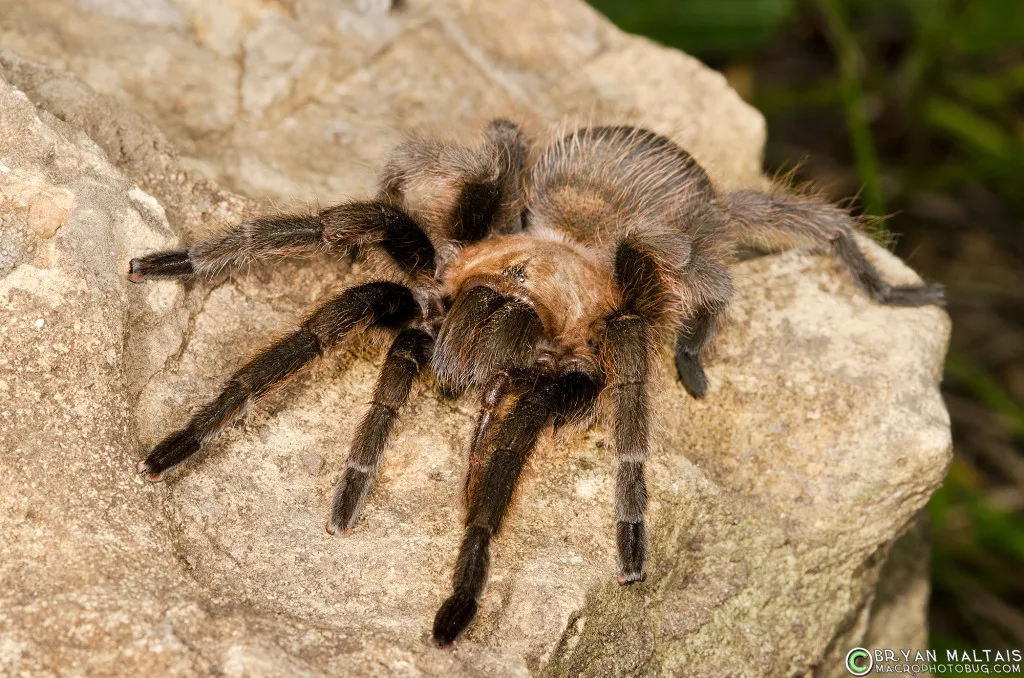
Keeping detailed notes on your observations will enhance your understanding and appreciation of the tarantula migration. Record the date, time, location, and weather conditions of each observation. Note the number of tarantulas seen, their behavior, and any interactions with other organisms or the environment. Collect data on the species, sizes, and any distinctive features of the tarantulas you observe. This data can be used to track patterns, identify trends, and contribute to the scientific understanding of the tarantula migration. Sharing your notes and findings with others can help to promote conservation efforts.
Conservation and Tarantula Habitats
Understanding the importance of conservation efforts and protecting the habitats of Missouri tarantulas is crucial for their survival and well-being. These efforts involve recognizing threats to the tarantula population and implementing measures to mitigate those risks. By supporting conservation initiatives, you contribute to the long-term health of the tarantula population and the ecosystem as a whole. The preservation of natural habitats benefits not only tarantulas but also numerous other species that share their environment.
Threats to Tarantula Populations
Tarantula populations in Missouri face several threats that can impact their survival. Habitat loss, due to deforestation and development, is one of the most significant concerns, reducing the areas available for tarantulas to live, hunt, and migrate. The use of pesticides and other chemicals in agriculture can negatively affect the tarantulas and their food sources. Climate change, with its impact on temperature and rainfall patterns, can disrupt migration patterns and breeding cycles. Awareness of these threats helps to implement effective conservation strategies.
Conservation Efforts
Various conservation efforts are in place to protect Missouri tarantulas. Protecting and restoring their habitats is critical, and this involves establishing and maintaining protected areas like state parks and wildlife reserves. Reducing pesticide use and promoting sustainable land management practices can help minimize the impact on tarantulas and their prey. Raising public awareness about the importance of tarantula conservation and educating people on how they can help will be critical. Supporting organizations dedicated to protecting tarantulas and their habitats is another significant step toward ensuring the survival of these magnificent arachnids.
Conclusion
Witnessing the tarantula migration in Missouri is an extraordinary experience, offering a glimpse into the natural world. By understanding the triggers, timing, locations, and safety precautions, you can enjoy this event responsibly and respectfully. Documenting your observations and supporting conservation efforts help protect these amazing creatures. The tarantula migration is a reminder of the beauty and complexity of our ecosystems. Respecting and protecting these creatures ensures they continue to thrive for generations.
